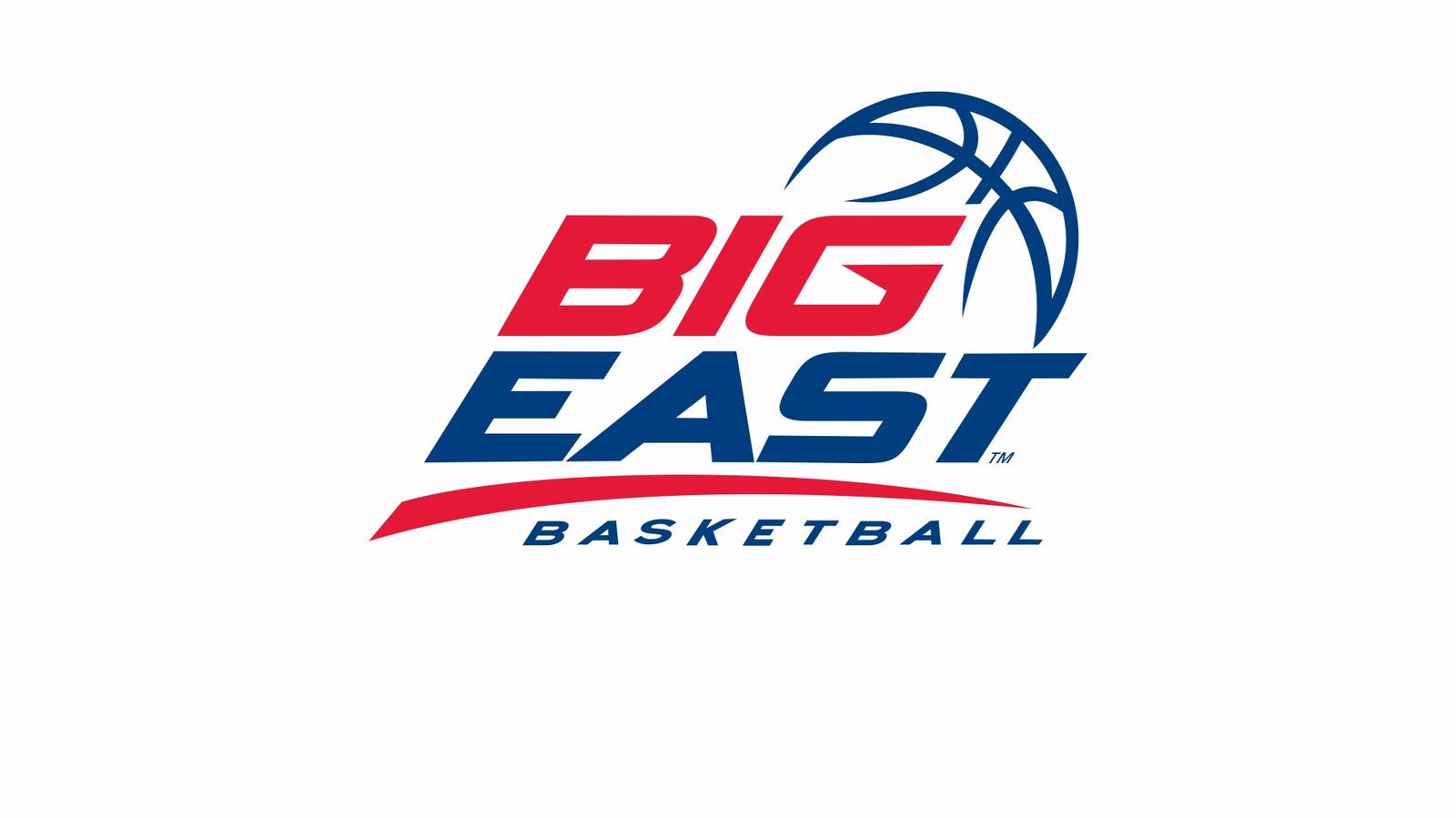•
Written By
Written By
•
•
•
Loading article...
Written By
Written By
The Big 12 may once again lose UConn but plenty of options exist should they seek a replacement. The question is will they?
Written By
Omar-Rashon Borja
Senior Writer, Editor, Historian
Written By
Omar-Rashon Borja
Senior Writer, Editor, Historian

Just when you thought you heard it all, the Big 12 is in discussions to bring UConn into the conference to help with commissioner Brett Yormark’s goal of strengthening the conference’s profile in men’s basketball. The move would be a financial upgrade for UConn as the Big East currently pays its schools $4.6 million/year compared to the $31.7 million/year each school will make under the Big 12’s new deal.
Due to football being king in this country, the Big East’s response to this has been overlooked. Losing UConn would be a significant blow for the conference, but not a cause for panic. It may do the conference good to get back to an even 10 teams. However, they lose one of the conference’s biggest brands and a program with a large following in New York City.
For any other conference, losing a school with a Big Apple presence would cause despair, but the Big East has St. John’s and Seton Hall to continue to draw NYC viewers. Several schools in the Atlantic 10 are logical candidates for the Big East so we will look at that conference’s best candidates to receive a Big East invitation.
The Minutemen may be at the top of everyone’s lists to replace UConn. The Minutemen boast a strong alumni presence not only in Boston but throughout New England and could give the Big East access to the Boston TV market, which the conference has lacked since Boston College’s departure in 2005.
The Minutemen are a bit of a sleeping giant and a move to the Big East could improve recruiting enough to give them their most success since the John Calipari era. Since 1999, UMass has appeared in the NCAA Men’s basketball tournament once.
The one concern would be how the Minutemen deal with their football program. A move from the Atlantic Ten to the Big East would make independent football more sustainable from a revenue perspective but still difficult. Would the Minutemen leave if the American Athletic Conference came calling to give them a home for football? Probably. And we all know what happened the last time football caused division in the Big East.
Duquesne has a fascinating upside as a Big East member. They would put the Big East back in Pittsburgh after the Panthers left for the ACC in 2013 after 34 years as an original member of the conference. Keith Dambrot has pieced together two 20-win seasons over the past four years and has the Dukes on an upward trajectory.
Now, for the cons. Duquesne only has five NCAA Tournament appearances in Men’s basketball and none since 1977, meaning Elvis Presley was alive to see their last tournament appearance. Yes, Duquesne would bring viewers from the Pittsburgh market, but questions about their competitiveness in the conference would emerge. If Duquesne is able to use a move to the Big East to elevate its program, it will be more competitive with Pitt in attracting viewers in Western Pennsylvania.
St. Louis may be the most fascinating team on this list. St. Louis had a string of solid seasons in the 2000s and 2010s under Rick Majerus and Jim Crews but has struggled to find consistency since Majerus' departure from the program, with only one tournament appearance in the last eight seasons.
The Billikens are a great institutional fit for the Big East as a private, Jesuit school and would provide a good travel partner with Creighton. However, one of the biggest question marks in this situation is the Big East’s philosophy. The Big East may want to replace UConn with another Northeastern school to limit the conference’s sprawl and remain true to its identity.
Despite the western additions of DePaul, Butler, and Creighton, the conference still prides itself in its Northeast roots, and adding St. Louis would take them further away from that. Not to mention the added travel costs for schools that do not have football programs to bring in "paycheck game" revenue.
Davidson originally was not on my list, but after @sidelines_SN on Twitter brought them up, I immediately was sold. The Wildcats are a conference realignment success story after taking a leap in competition from the Southern Conference to the Atlantic Ten. Since joining the Atlantic Ten Conference, the Wildcats have made three NCAA tournaments for Men’s basketball, including their first two at-large berths ever in 2015 and 2022.
Davidson would give the Big East access to the rich basketball recruiting grounds of North Carolina and would see the same boost in recruiting that Butler saw after joining the Big East. Once again, the Big East is a top basketball conference and all the North Carolina recruits that get snubbed by the ACC would be hard-pressed to turn their nose to Davidson if they are a Big East member. Especially since the conference has games weekly on over-the-air TV through their Fox deal.
Davidson is also seated comfortably in the Charlotte TV market, a huge addition to the league. However, Davidson has the smallest enrollment in Division I with less than 2,000 students, so the Wildcats and the Big East would have to depend strictly on local buzz to get more TV viewers from Davidson.
Finally, while Davidson has a football program, it has long been established that basketball is king with the football team playing in the non-scholarship Pioneer Football League. The Big East would not have to worry about the Wildcats darting to another conference to chase football TV money.
To round out the list, the two schools in the Capital of Virginia are paired together. Starting with Richmond, the Spiders seem to always be on the bubble of the NCAA Tournament with three appearances since 2010 and the same amount of NIT appearances in that same time period. VCU has long had a reputation as one of the most consistent mid-major programs, with 12 NCAA Tournament appearances since 2007 and a Final Four appearance in 2011.
Both programs would be solid additions to the conference, but despite being in the same city, they are very different from one another. Richmond is a private school with an enrollment of less than 5,000, while VCU is a public school with one of the biggest schools in the state with over 30,000 students.
Richmond is a great institutional fit for the Big East as every member except for UConn is a private school. However, VCU has more upside from a TV viewership perspective with a much larger student body and growing alumni base.
For both, Georgetown is a logical rival and could bring spice to the conference’s catalog of time-tested rivalries. The main downside for both is Richmond’s market size as Richmond is the 56th-largest media market in the United States and their strong ties to the DMV do not add much to the conference with Georgetown’s presence.
The Big East has plenty of options, but none will fill the gap that UConn leaves if they depart. The conference could see it fit to stay at 10 members as they were just fine at that number before UConn rejoined the conference.
How the conference decides to expand, if they do all depends on what they want their identity to be. If strengthening the Northeastern core is important, then there are very few options available. If they want to be a stronger basketball league, the pool broadens. What the Big East decides to do will have massive repercussions on the college basketball world.

